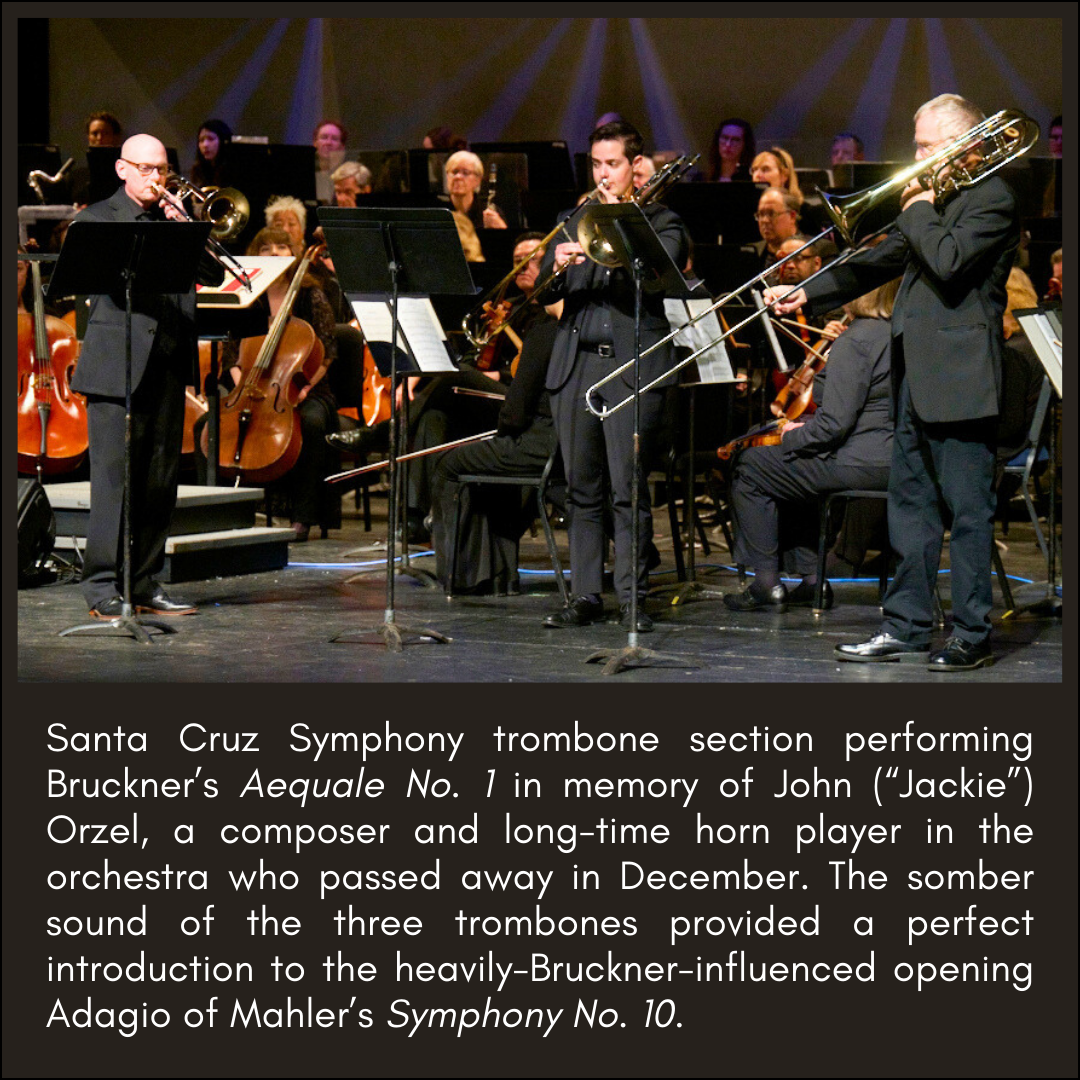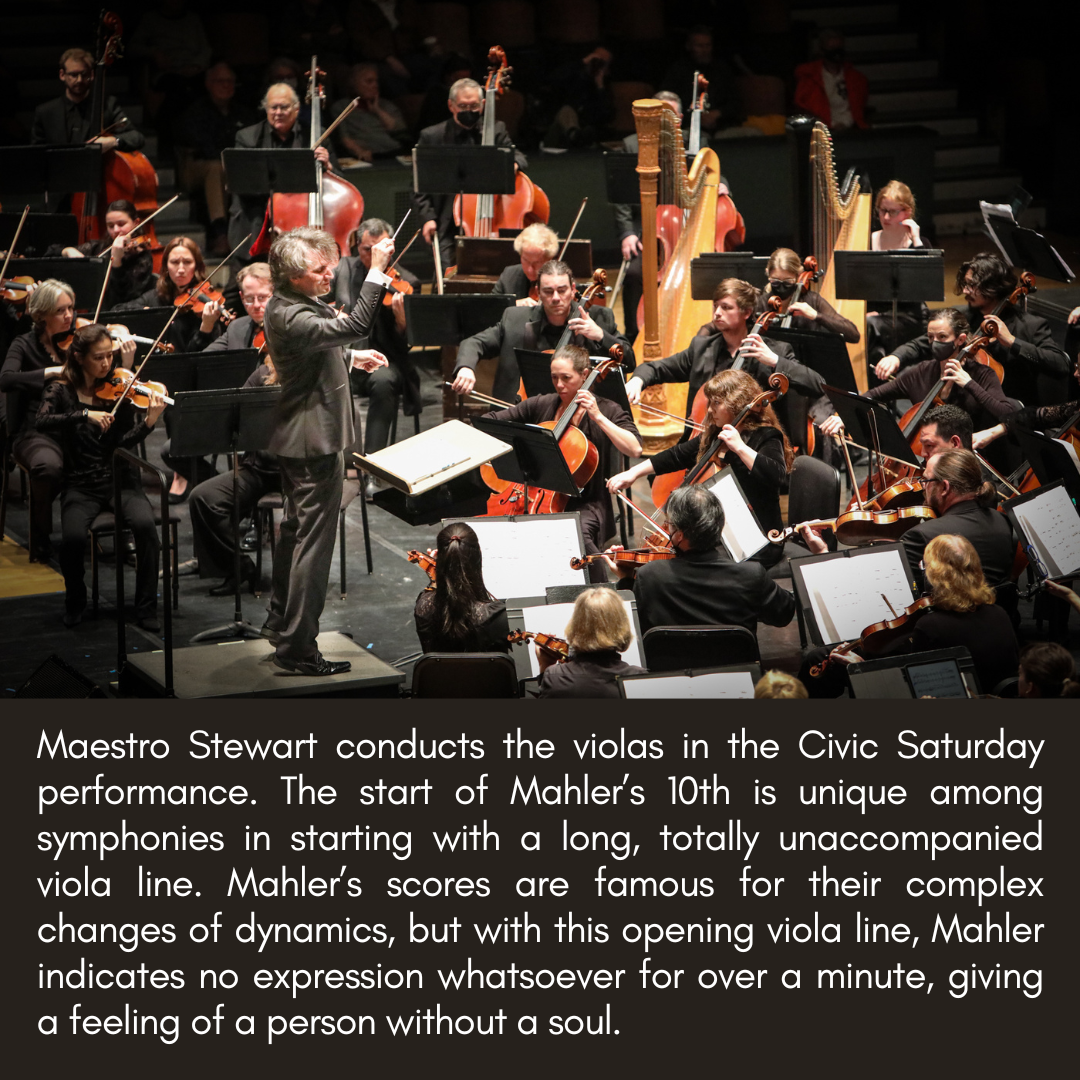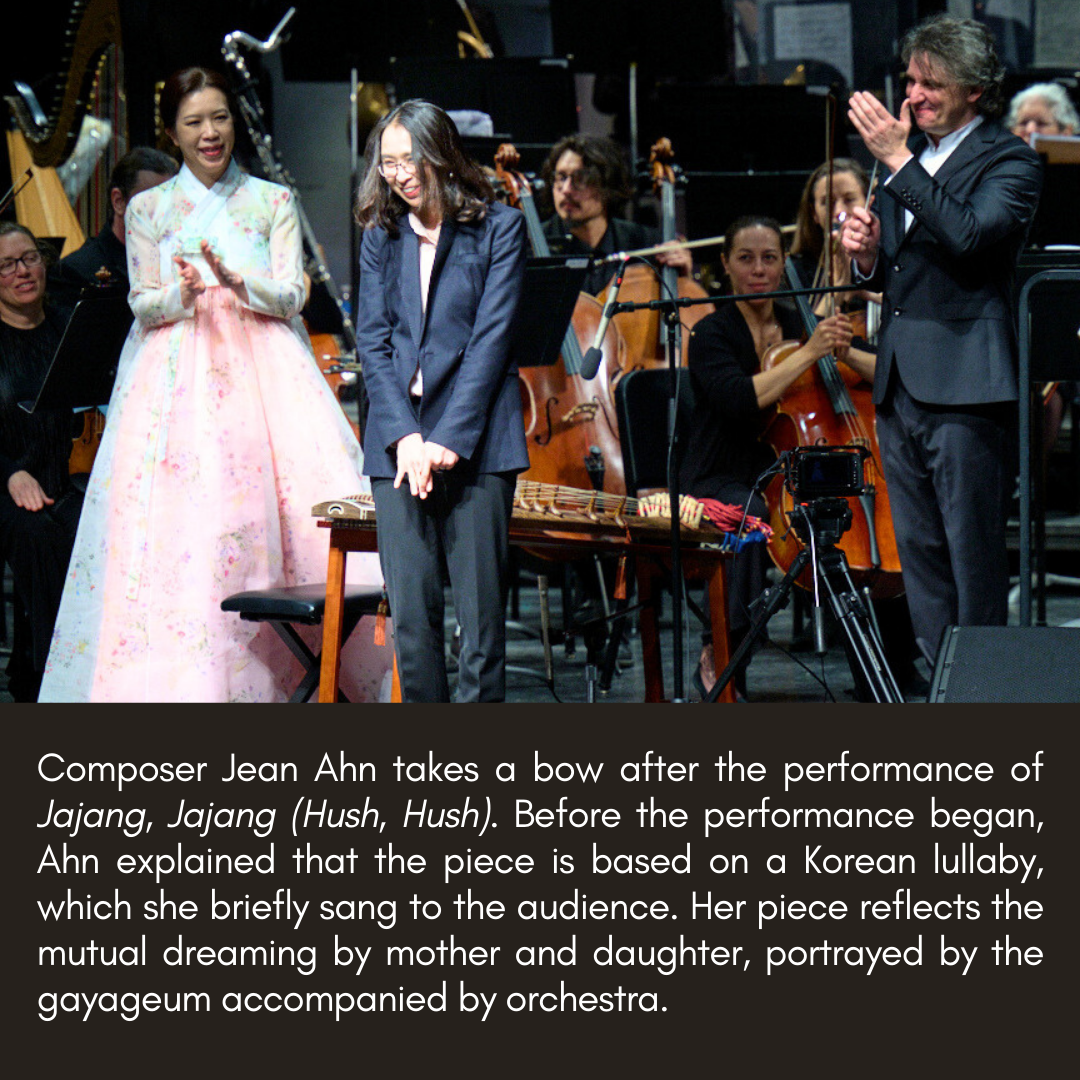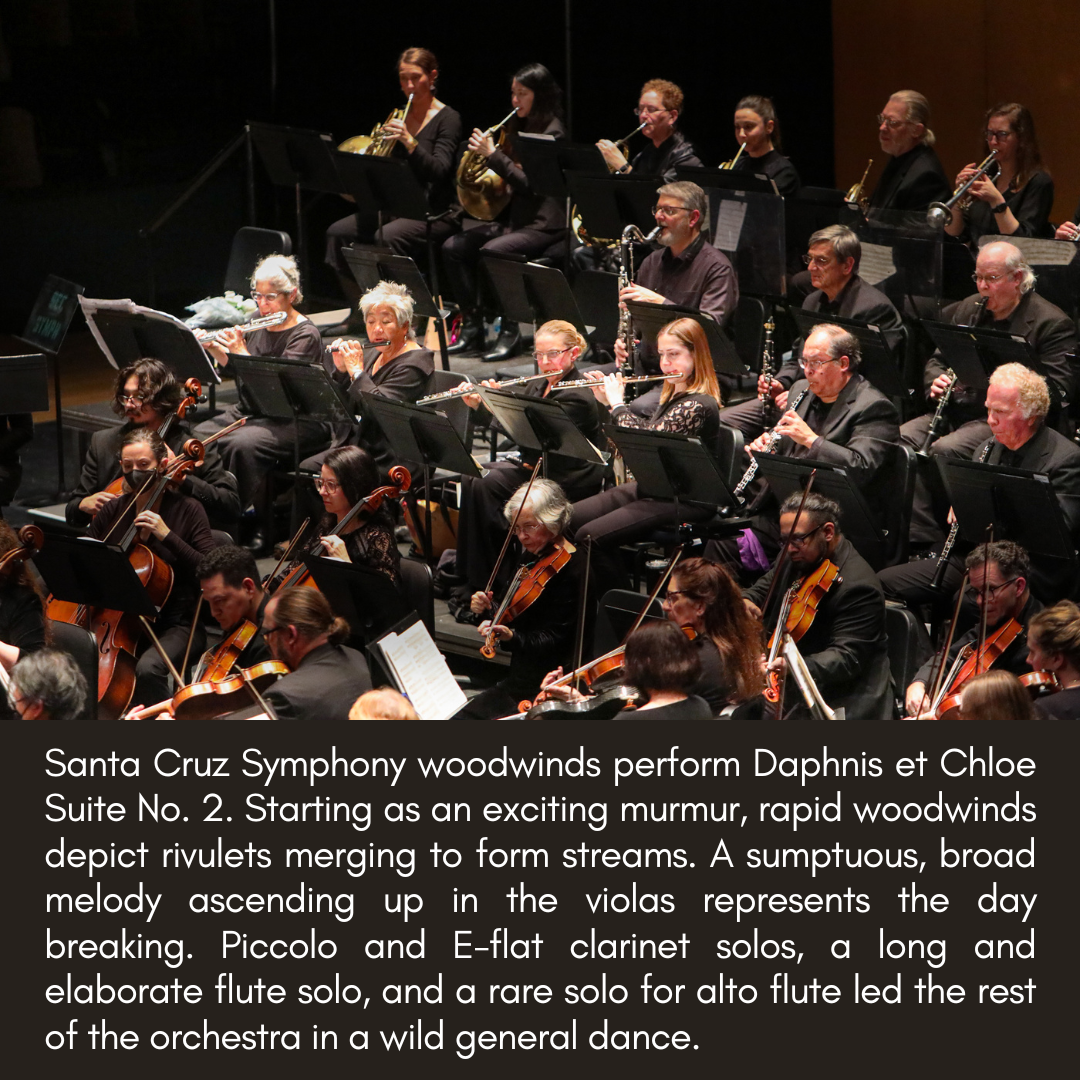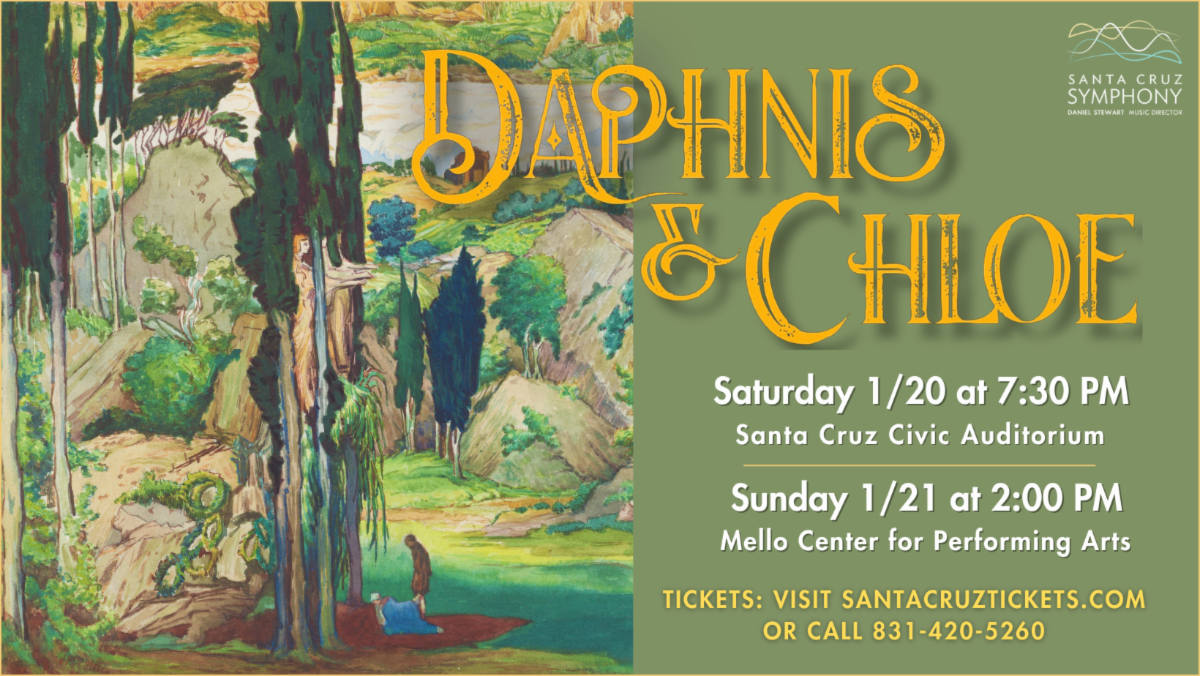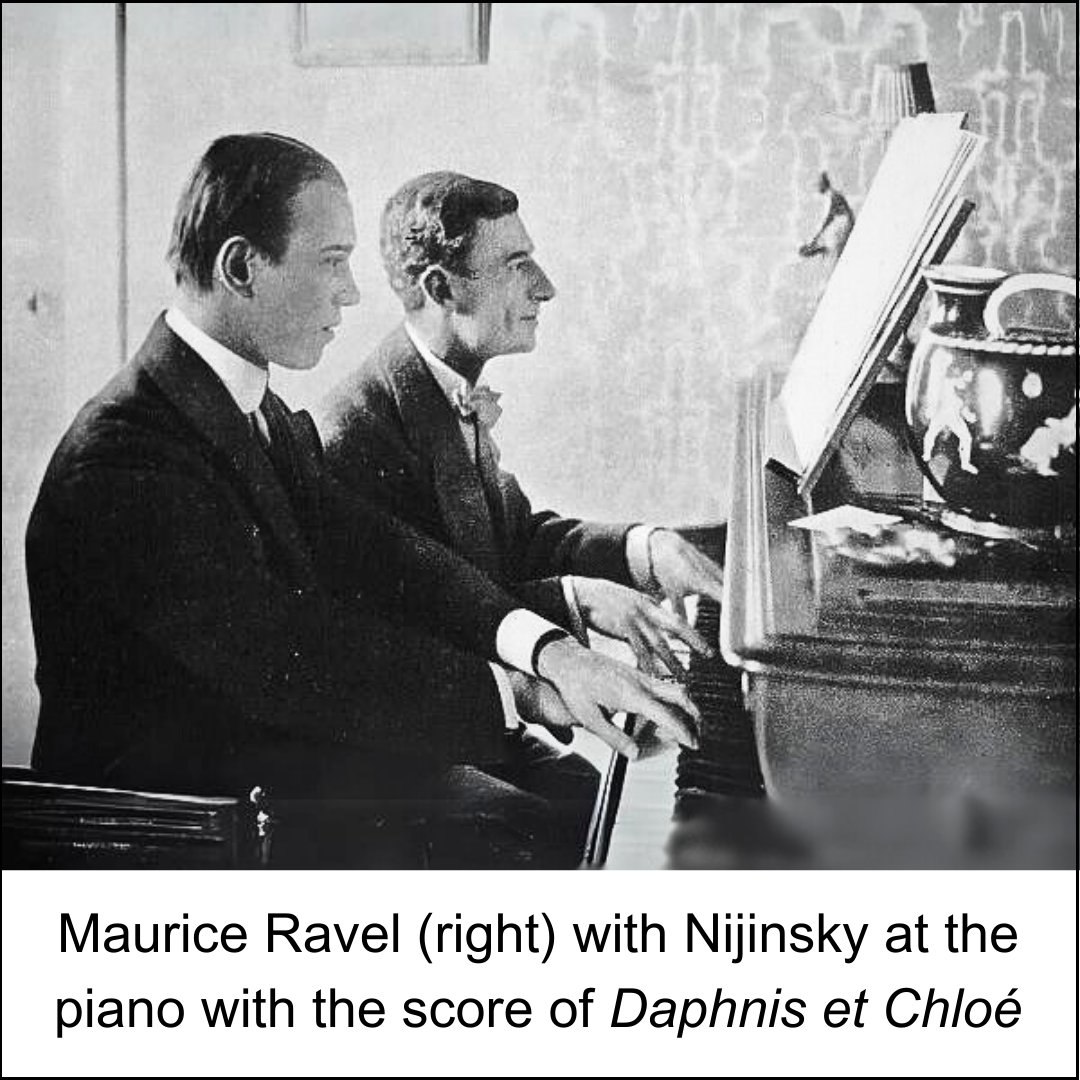Take the kids away from their screens and bring them to a live concert!
On Sunday, February 25, join Maestro Daniel Stewart, beloved Master of Ceremonies Omari Tau, Santa Cruz Symphony, Santa Cruz County Youth Symphony, Cabrillo Youth Chorus, Santa Cruz Ballet Theater, El Sistema, Kuumbwa Jazz Honor Band, and Esperanza del Valle Folklórico for our annual Family Concert!
This is the perfect way to enjoy an affordable family outing as the beloved Santa Cruz Symphony presents Camille Saint-Saëns' famed The Carnival of the Animals alongside these community partners.
Our Family Concert is the finale of weeks of incredible educational experiences. Santa Cruz Symphony is a partner orchestra with Carnegie Hall for its Link Up program, in which students grades 3–5 at dozens of schools learn to sing and play an instrument in their classrooms. This year, kids discover all the interwoven ways in which music moves physically and emotionally in a program called The Orchestra Moves. You can learn more about all of our educational programs here.
During the week before the Sunday Family Concert, many students bring their instruments and voices to perform with Santa Cruz Symphony from their seats at a series of rousing weekday Youth Concerts. For many students, this is their first time experiencing live orchestral music!
Finally, at the Family Concert on Sunday, February 25, the whole community has the chance to see and hear this year's Link Up program performed by Santa Cruz Symphony and our community partners, followed by the timeless classic The Carnival of the Animals.
The Family Concert is a vibrant musical event with entertainment for all ages. Bring the kids—we promise they'll love it, and so will you!
(Want to learn more about The Carnival of the Animals and how it came to be written? Click here!)
Family Concert: Carnival of the Animals
Sunday, February 25
2:00 PM
Civic Auditorium in Santa Cruz
Adults: $24 | Kids: $13.50 (ages 3-17)





